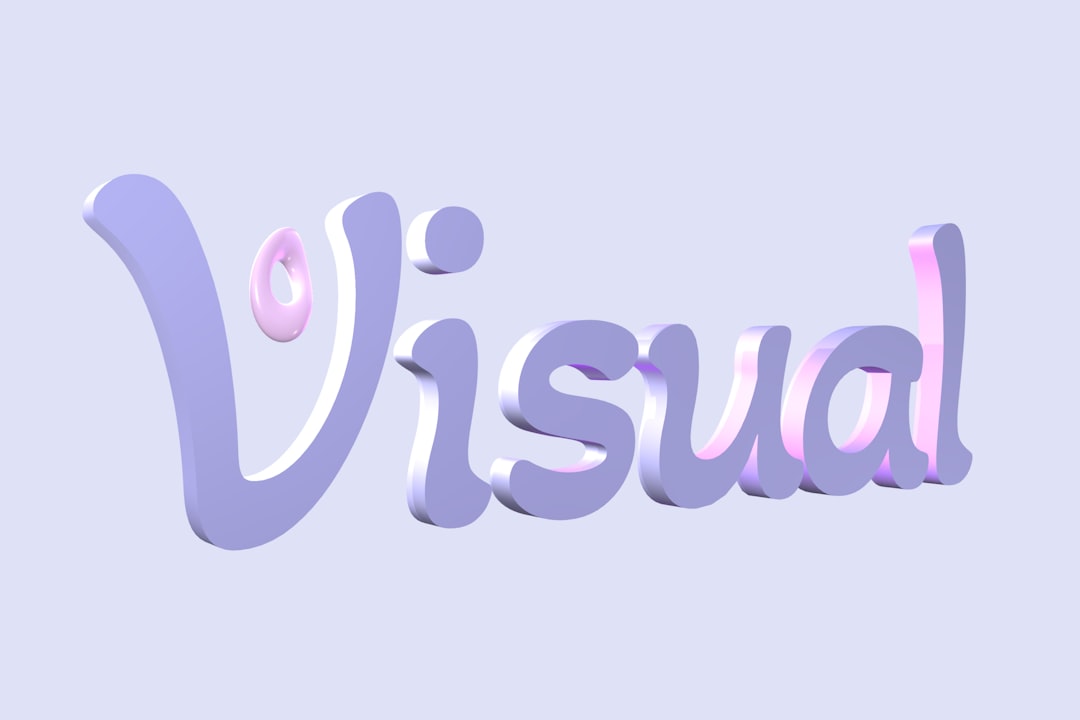Starting a new logo design project without a clear plan is like going on a road trip without a map. You may eventually get somewhere, but it won’t be where you meant to go. That’s why creating a solid logo brief is so important. It sets the direction, minimizes guesswork, and helps you and your designer stay on the same path.
TLDR (Too long, didn’t read)
A solid logo brief leads to better results. It’s a list of questions that help you understand your own brand and guide the designer. It saves time, reduces revisions, and boosts creativity. Ask the right questions at the start, and your logo will thank you.
Why Do You Need a Logo Brief?
Because guessing is not a strategy. A logo brief helps everyone—clients and designers—get on the same page. When expectations are clear, design magic happens faster.
Think of it as your design GPS. Without it, you’re just driving in circles.
What Makes a Good Logo Brief?
Clarity, focus, and simplicity. A good brief tells the story of your brand, even before the logo does.
But most importantly, a great logo brief starts with asking the right questions. Let’s take a fun, simple look at the questions that will get you the best results.
Essential Questions for a Rock-Solid Logo Brief
1. What Does Your Business Do?
This is your elevator pitch. Keep it short, sweet, and clear. Try to answer in one or two sentences, like you’re explaining it to an 8-year-old.
2. What Are Your Brand Values?
Are you all about innovation, tradition, or maybe humor? Knowing your brand’s personality helps your designer match the style with your identity.
3. Who Is Your Target Audience?
If your logo is speaking to eco-conscious teens, it’ll look very different than one aimed at high-end lawyers. Be specific about age, gender, lifestyle, and interests.
4. Who Are Your Competitors?
Show examples of who you’re up against. What do you like or dislike about their logos? This helps the designer set your brand apart.

5. What Makes You Unique?
Why should someone choose you over your competitors? This could be your story, quality, price, or customer service. Whatever it is, include it.
6. What Are Your Logo Preferences?
This is the fun part! Share what you like:
- Do you want a wordmark, icon, or both?
- Are there certain colors you love or hate?
- Do you want a modern or vintage feel?
7. Any Must-Have Ideas or Symbols?
Do you want a heart subtly hidden in the design? Or maybe a mountain, tree, or smile? Add all those hopes and dreams here.
8. What Should the Logo Avoid?
This is just as important. If you hate certain colors, fonts, or styles, say so now!
9. Where Will the Logo Be Used?
Online? In print? On shirts or trucks? The more placements, the more flexible your logo needs to be.
10. What Is Your Timeline and Budget?
This keeps everyone realistic and avoids misunderstandings later on. Be honest and transparent.
Extras to Supercharge Your Logo Brief
Want to go the extra mile? Throw in these bonus questions:
What Emotion Should the Logo Make People Feel?
Trust, excitement, calm, joy? Say it out loud—it helps shape the style.
Do You Have Any Taglines or Slogans?
Should they be matched with the logo or kept separate? That changes design choices.
Are There Any Logos You Love (or Hate)?
Make a vision board if you can! Collect examples of logos that reflect the vibe you’re going for. It’s a fast way to communicate style without saying a word.

Here’s a Simple Logo Brief Template
Copy and paste this into a doc, then fill in each section:
- Business Name:
- Tagline or Slogan (if any):
- What does your business do?
- What are your values or mission?
- Who is your audience?
- Who are your competitors?
- What makes you unique?
- Any preferences for logo style or type?
- Any colors, fonts, or symbols to include or avoid?
- Where will the logo be used?
- What’s your timeline?
- What’s your budget?
- How do you want people to feel when they see your logo?
- Any inspiration logos you love or hate?
Keep it simple but thoughtful. More detail means fewer revisions and better outcomes.
Tips for Clients Writing a Logo Brief
- Be honest. If you don’t know the answer to a question, just say so.
- Be open minded. Designers are creative wizards—let them surprise you!
- Be kind. Clear, respectful feedback gets you farther than vague criticism.
Tips for Designers Reading a Logo Brief
- Ask follow-up questions. Get more context where it’s too vague.
- Clarify visuals. Not everyone’s idea of “modern” is the same.
- Rephrase and confirm. Paraphrase key points to make sure you got them right.
Common Mistakes in Logo Briefs
Nobody’s perfect. But let’s dodge these classic slip-ups:
- Too vague: “I want something cool” is not helpful.
- Too cluttered: Don’t try to squeeze your whole life story into the logo.
- Too controlling: Give your designer creative space. Trust goes a long way.
Conclusion
A good logo brief isn’t just for designers—it’s for you, too. It forces you to think deeply about who you are, who you’re serving, and what makes you different. When that clarity meets good design, you get a logo that sticks in people’s minds.
So don’t skip the brief. Treat it like the blueprint to your brand identity. Ask the right questions, and you’ll get the right design.
Remember: Clear questions lead to clever logos. And clever logos build unforgettable brands.
